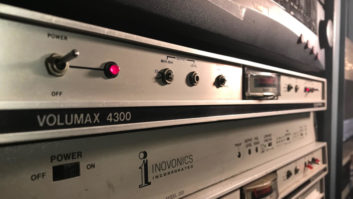LPFM programming popped up in the discussions.
Gigi Sohn laid out conditions under which Public Knowledge would support the merger: prices wouldn’t change for three years; tiered or a la carte programming choices would be offered; and 5% of the channel capacity would be devoted to noncommercial programming, coming from sources like LPFMs.
I asked an NAB representative about this scenario after the hearing, but he said the trade group doesn’t believe the merger will be approved and it didn’t want to get into “what ifs.”
Meanwhile, Rehr hammered home satellite radio’s history of violating Part 15 rules with overpowered FM modulators and said both licensees have used terrestrial repeaters that were in the wrong locations, overpowered or both. In response, Karmazin said as soon as Sirius found it had 11 repeaters not operating correctly, “We shut them off.”
Rehr emphasized that one repeater was 67 miles from its intended location and that this could interfere with a terrestrial station.
It wasn’t clear from where I sat whether the committee members understood these detailed points about radio transmissions and translator siting.
However, the concept of a radio that receives both Sirius and XM, they do understand. In a line of discussion about prices and past FCC violations, Conyers really laid into Mel, saying, “We have a not-too-good record of satellite radio keeping promises. There’s no interoperable radios. That was promised.” He mentioned the repeater problems and said that in the long-term examination of the proposed deal, “‘Trust me’ isn’t going to work here.”
Mel said an interoperable radio exists and that he has one in his office, but said no receiver manufacturer wants to make it because it would cost $700 without a subsidy. That was interesting; I note that when they announced the deal, XM and Sirius said the team in Florida was still working on it.
Perhaps what’s missing is that the $700 version has separate chips for each company, albeit housed in one unit … and the team is working on a “true” interoperable radio with one, unified chipset.










